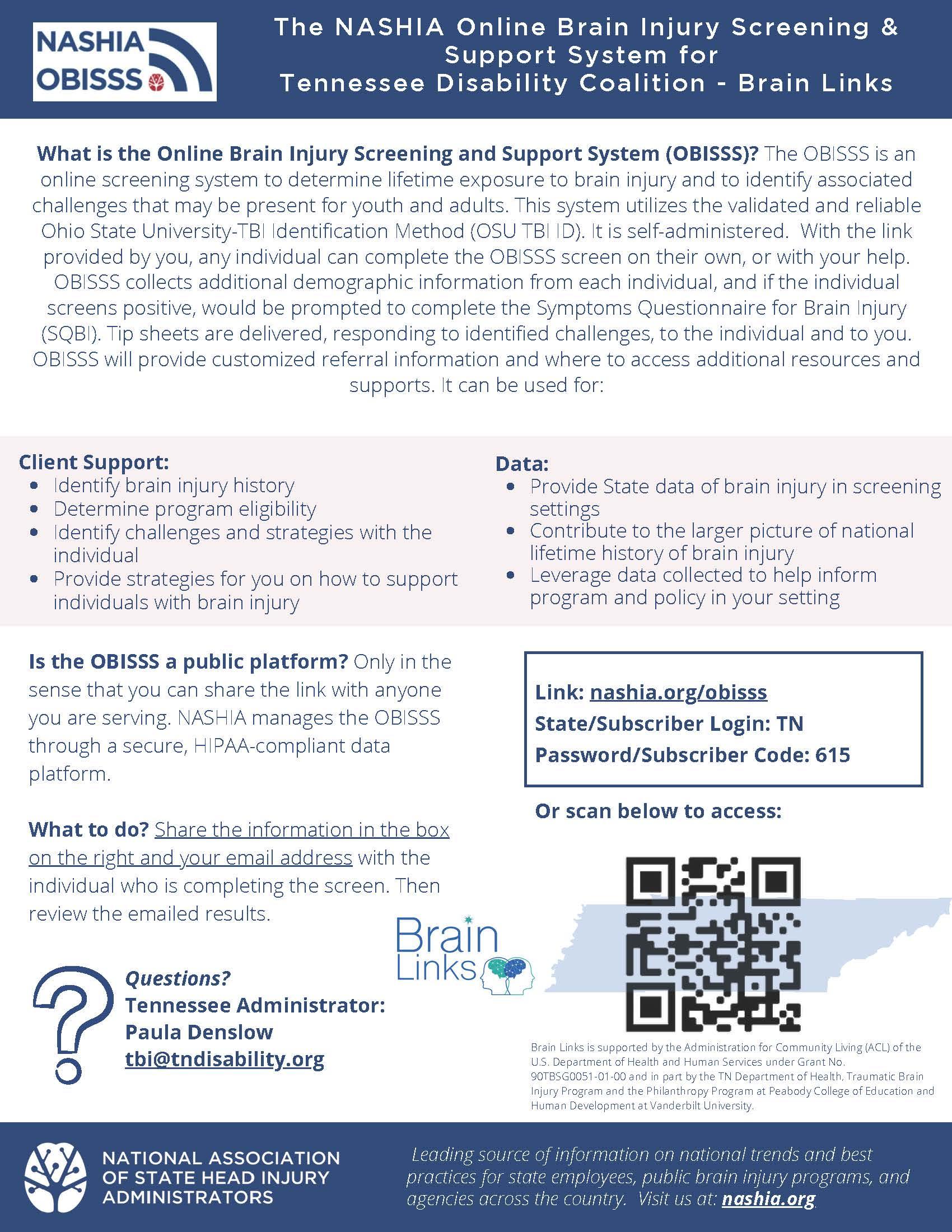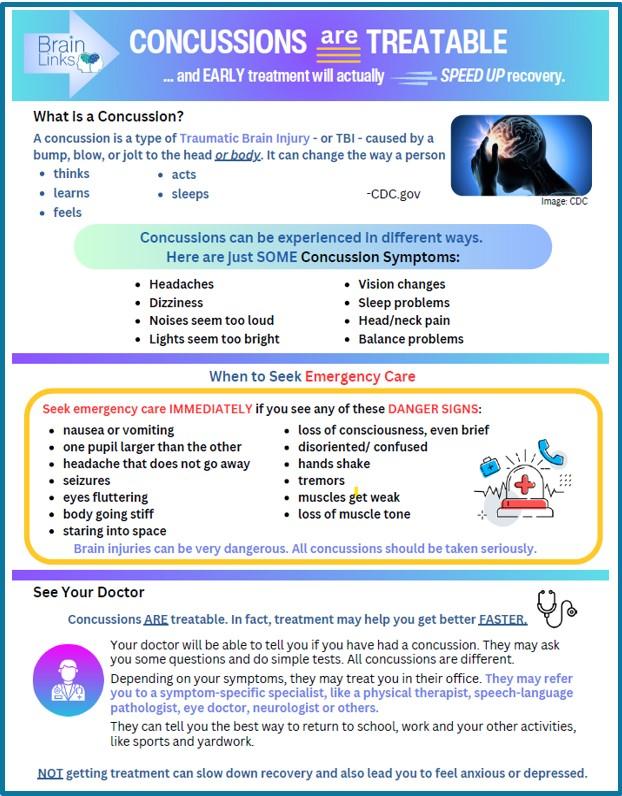![]() Evidence-based Concussion Management Protocol 2024. Recommendation: 2 Visit Minimum.
Evidence-based Concussion Management Protocol 2024. Recommendation: 2 Visit Minimum.
A tool to guide screening, patient education, referral and ongoing monitoring. Outcomes are better if educational materials are given at the first visit.
** Use the Protocol with the TBI Toolkit for Health Care Providers.
** Explore this YouTube Video to learn more about the Protocol and other resources.
CHECK OUT the TBI Toolkit Hub
to access the Healthcare Providers Toolkit that includes extensive resources such as the Concussion Management Protocol and the CDC Pediatric mTBI Guideline.
Acute Concussion Evaluation (ACE) Tools
- ACE Physician/Clinician's Office
- ACE Care Plan - Return to School
- ACE Care Plan - Return to Work
- Sport Concussion Assessment Tool - Child SCAT5
Post Concussion Symptom Inventories (PCSI)
SCREENING FOR PRIOR HISTORY OF BRAIN INJURY:
An abundance of research now clearly shows that people with a prior history of brain injury are more likely to experience problems later in life (beginning as early as one year later). These problems can include: substance misuse, mental health issues, domestic violence (either as the perpetrator or the victim), additional brain injuries, chronic pain, justice involvement, and more. Early identification and ongoing monitoring are, therefore, vitally important.
- Ohio State University (OSU) TBI Identification Method — MODIFIED The Ohio State University Brain Injury Identification Method MODIFIED (OSU BI-ID MODIFIED) is a standardized procedure for eliciting lifetime history of any type of brain injury (stroke, tumor, TBI, etc.) via a structured interview.
- Ohio State University (OSU) TBI Screening Tool: The Ohio State University Traumatic Brain Injury (TBI) Identification Method (OSU TBI-ID) is a standardized procedure for eliciting lifetime history of TBI via a structured interview. Go here for background info, training module, pdf and more.
- Brain Check Survey (BCS):This parent-completed screening tool, from the Life Outcomes after Brain Injury research center within the Department of Occupational Therapy at Colorado State University in Fort Collins, is used to establish a credible history of brain injury. Check out the Brain Check Survey Scoring Tool. Read more from Life Outcomes After Brain Injury Research Program.
- SAFE CHild Screening Tool: Birth to 3-year-olds: Young children are at high risk for sustaining brain injuries. Data gathered using the SAFE CHild Screening Tool will provide information to help professionals develop and implement appropriate services.
- SAFE CHild Screening Tool: 3-Year-Olds to Kindergarten
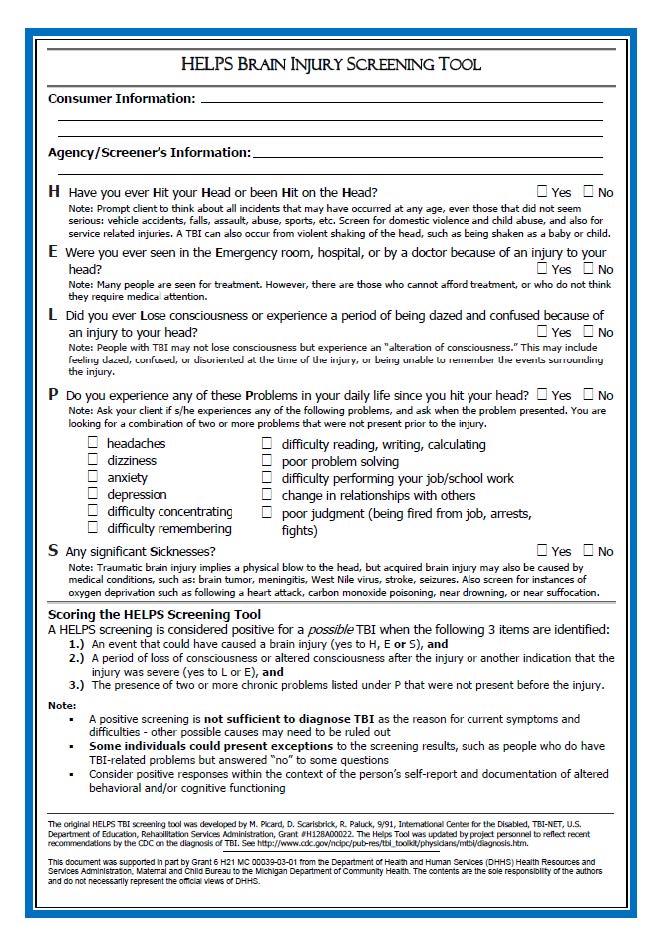
HELPS Brain Injury Screening Tool: The original HELPS TBI screening tool was developed by M. Picard, D. Scarisbrick, R. Paluck, 9/91, International Center for the Disabled, TBI-NET, U.S. Department of Education, Rehabilitation Services Administration, Grant #H128A00022. The Helps Tool was updated by project personnel to reflect recent recommendations by the CDC on the diagnosis of TBI.
- H - Have you ever Hit your Head or been Hit on the Head?
- E - Were you ever seen in the Emergency room, hospital, or by a doctor because of an injury to your head?
- L - Did you ever Lose consciousness or experience a period of being dazed and confused because of an injury to your head?
- P - Do you experience any of these Problems in your daily life since you hit your head?
- S - Any significant Sicknesses?
Concussion Management Protocol
- Explore this YouTube Video to learn more about the Protocol and other resources
- Material Rationale
- Research Support
TN TBI Services Directory and Resource Information Guide
TN TBI Service Coordination Program
There are currently eight Service Coordinators (see list) located in various non-profit agencies across the state. The Service Coordinator’s role is to work with persons with brain injury and their family to access current needs. The goal of service coordination is to improve the quality of life for persons with brain injury.
Service Coordination services are provided free of charge, services include:
Develops a comprehensive plan of care
Provides referrals to available resources
Coordinates services for individual client advocacy
Bridges gaps in the service delivery system.
Virtual and In-person Brain Injury Support Groups have been established across the state. To learn more about services call 1-800-882-0611.
Children's Safety Network Traumatic Brain Injury Resource Guide
Healthcare Providers YouTube Playlist: A helpful collection of videos for Healthcare Providers featuring information such as Research Support, Toolkit Trainings, and the 6 Types of Concussions.
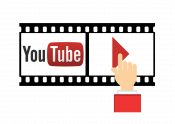 Healthcare Providers YouTube Playlist: A helpful collection of videos for Healthcare Providers featuring information such as Research Support, Toolkit Trainings, and the 6 Types of Concussions.
Healthcare Providers YouTube Playlist: A helpful collection of videos for Healthcare Providers featuring information such as Research Support, Toolkit Trainings, and the 6 Types of Concussions.
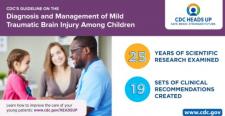 CDC Pediatric mTBI Guideline consists of 19 sets of clinical recommendations. These recommendations are designed for all healthcare providers who care for pediatric patients with this injury. Free CDC Provider Tools, Training, and Patient and Family Resources
CDC Pediatric mTBI Guideline consists of 19 sets of clinical recommendations. These recommendations are designed for all healthcare providers who care for pediatric patients with this injury. Free CDC Provider Tools, Training, and Patient and Family Resources
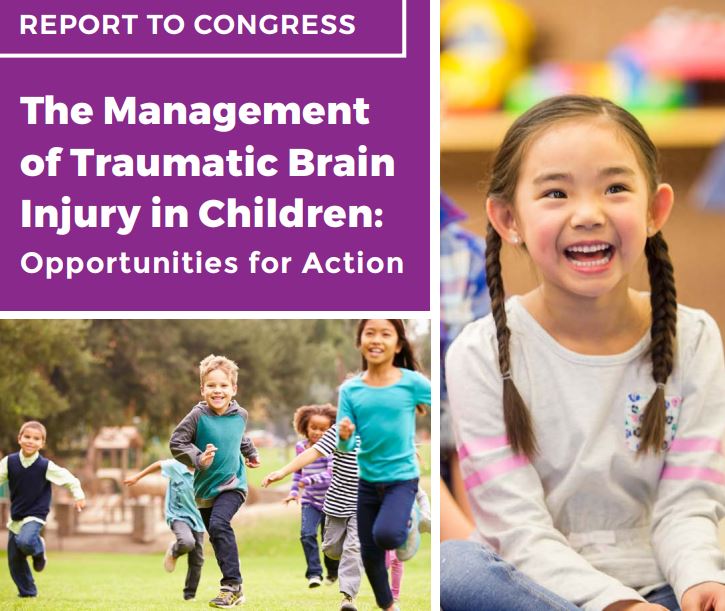 CDC Report to Congress On the Management of TBI in Children Traumatic brain injury (TBI) in children is a significant public health problem in the United States. A traumatic brain injury disrupts the normal function of the brain, and can be caused by a bump, blow, or jolt to the head, or a related injury.
CDC Report to Congress On the Management of TBI in Children Traumatic brain injury (TBI) in children is a significant public health problem in the United States. A traumatic brain injury disrupts the normal function of the brain, and can be caused by a bump, blow, or jolt to the head, or a related injury.
The Report details the impact a TBI can have on children and their families. The report also:
- Identifies gaps in care
- Provides opportunities for action to reduce the gaps, and
- Highlights key policy strategies to address the short and long-term consequences of a TBI.

